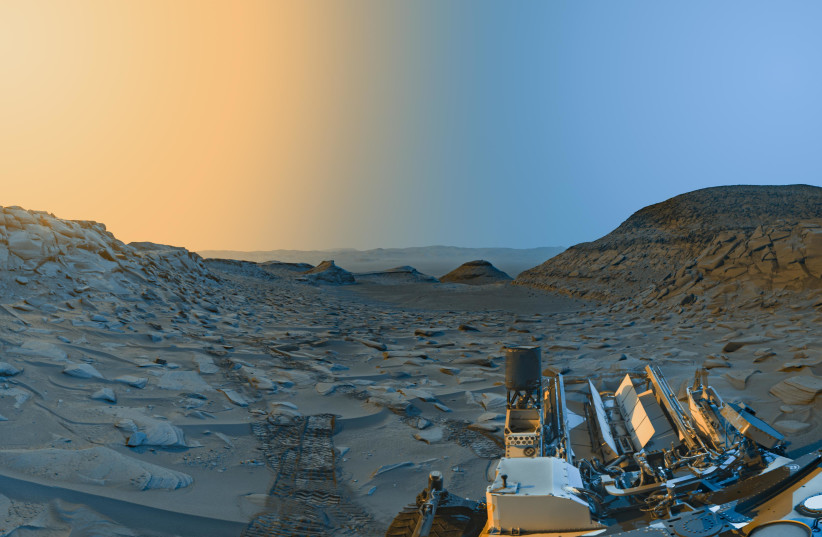Scientists have created an artificial intelligence-based method to find signs of alien life in outer space, which could detect if there was ever life on Mars with 90% accuracy, according to a recent study.
The AI-based method is so significant that its creators are calling it the “holy grail of astrobiology.”
The findings of this study were published in the peer-reviewed academic journal Proceedings of the National Academy of Sciences.
Finding intelligent life with artificial intelligence: Can AI find aliens?
The AI-based method differentiates biomolecules, as in molecules relating to the function of life like amino acids, from abiotic molecules. Essentially, something like amino acids hold on to information about the chemical processes that made them, and in this regard, alien life should be no different.
Because of this, AI should be able to determine if a given sample included something that was once alive.

In testing, the AI was able to sift through samples and managed to detect everything from remains of leaves and hair to much more ancient remnants of life that had been warped by geological processing such as amber and coal.
It also was able to tell when some amino acids had purely abiotic origins, such as being made in a laboratory.
“We began with the idea that the chemistry of life differs fundamentally from that of the inanimate world; that there are ‘chemical rules of life’ that influence the diversity and distribution of biomolecules,” said study leader Robert Hazen. “If we could deduce those rules, we can use them to guide our efforts to model life’s origins or to detect subtle signs of life on other worlds.”
This tool has a wide range of possible utility. For example, it can be used on mysterious ancient rocks on Earth, or on samples already collected by the Mars Curiosity rover.
But beyond that, it can be used to study other potentially habitable worlds and moons throughout space, such as the moons Europa and Enceladus, should an AI tool be attached to probes launched into space.
But the idea of detecting alien life through chemistry analysis isn't entirely new.
Israeli-American astrophysicist Avi Loeb, former head of Harvard University's Astronomy Department and one of the leading mainstream voices in the search for extraterrestrial intelligence (SETI), has advocated for searching for evidence of intelligent alien life by finding chemicals that could only have been made artificially.
“Finding oxygen could have a natural cause, while compounds like those made by coolants are conclusive, and I don’t see how they could be seen as anything else,” Loeb said in a previous interview with The Jerusalem Post.
“There are so many other planets with Earth’s conditions, but finding these compounds would be proof of intelligent life. And we have all the technology to do so.”
With AI, the search for these compounds could possibly advance even further.
